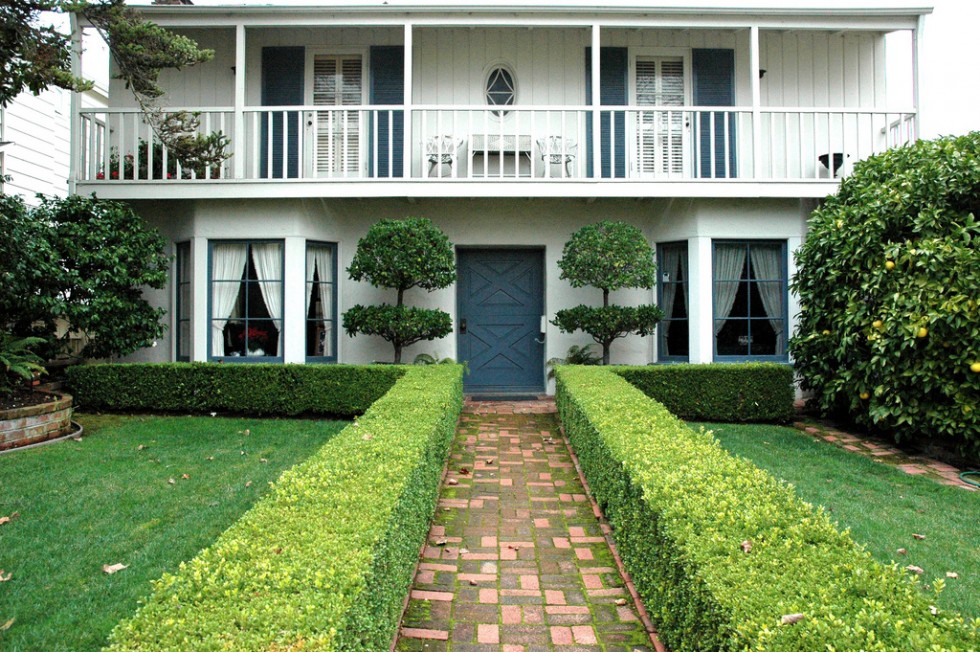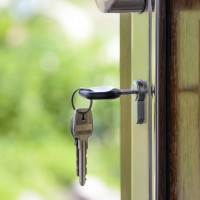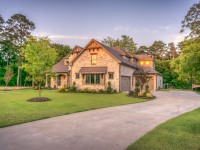Whether you have a lawn in the backyard or not, some pavement is required in most cases. Pavement is also essential in front of the house in order to complete the suburb appearance of your home. So today we’ll talk about different paving materials to dot the i’s and cross the t’s.
How to choose paving material?
The best way to begin searching for your paving material is to look at the exterior of your home and the surrounding boundary structures. For example, if you have concrete walls surrounding your home, then among all paving material concrete flagstones of different texture will work best. In case you have some wooden patio or planning to organize a small area with tomatoes and greenery growing in the backyard, then wooden islands or relaxation area will look amazing. Don’t look in the catalogs, first, pay attention to the materials that are already in your yard to create an ensemble and not just a patchwork.
Pros and cons of different paving materials
Crazy Paving
Best fit for contemporary, coastal, Mediterranean, and other informal garden styles.
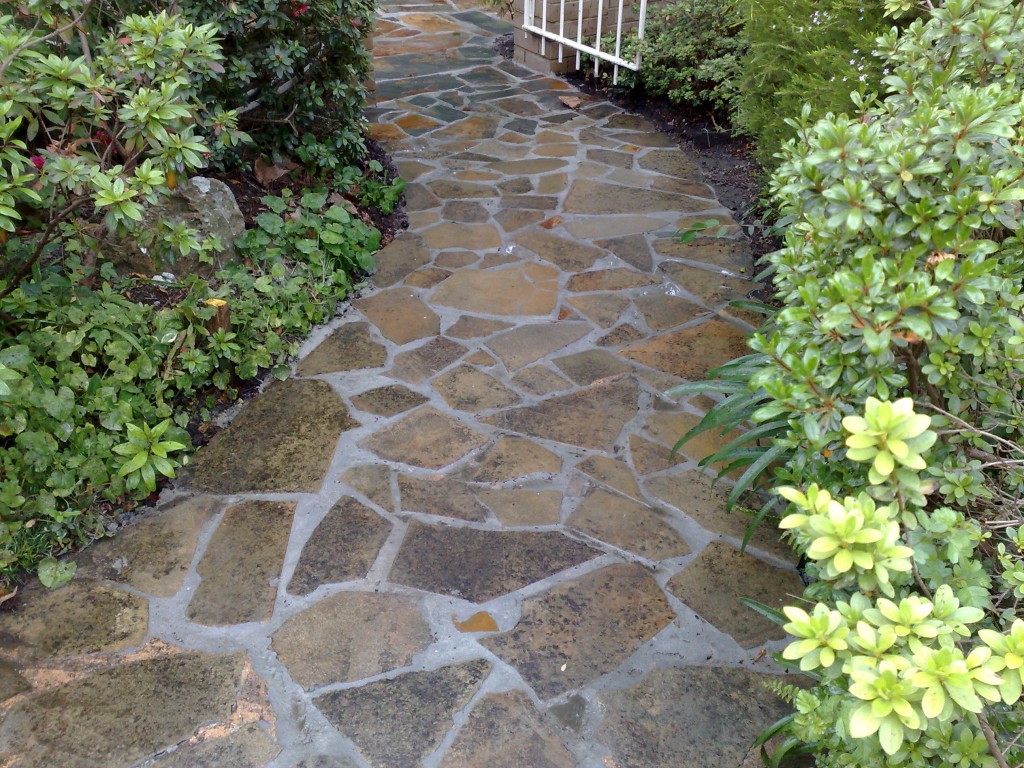
Pros: This paving material offers unique contemporary look to any garden and backyard. As each slab usually has slightly different color, it can be matched to a wide variety of interiors.
Cons: Crazy paving can’t be installed without a skill. You will always need the help of professional contractors to complete the decor. Keep also in mind that this is a natural stone that consequently can be expensive.
Travertine
Travertine is one of the most common paving materials for pool areas.
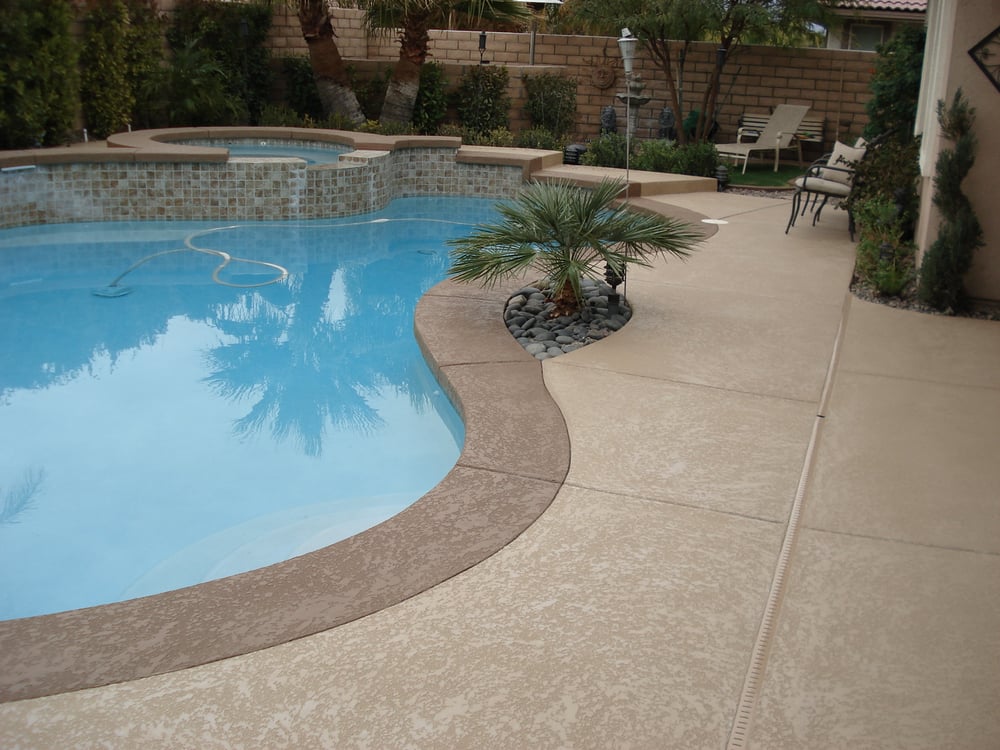
Pros: Travertine is one of the most long-lasting paving materials and is available in a very wide range of patterns and colors. This is a natural stone that has a porous surface which quickly absorbs water and is absolutely nonslip. You can find both smooth and textured travertine tiles to suit both contemporary and European-style gardens. Pavers made of travertine don’t heat up and are perfect for people spending much time outside.
Cons: As well as crazy paving, travertine is a natural stone that can be expensive. It also requires sealing due to its porous nature. Most often, you will find the surface of this stone rough on bare feet, but it depends on your preferences. A skilled installer is also a must for this paving material.
Reconstituted stone
This is a combination of concrete and stone aggregates. It works best in traditional stone patterns.
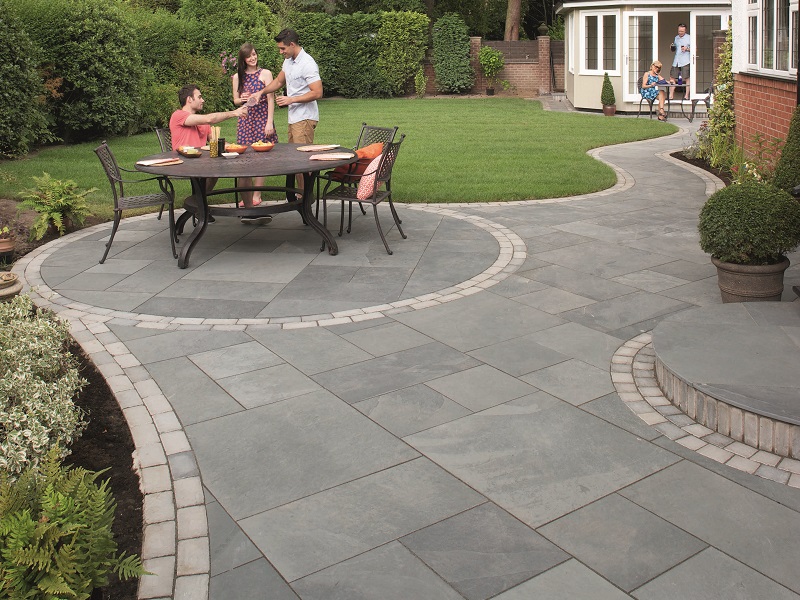
Pros: As it’s not a natural stone, the cost of reconstituted stone will be significantly more affordable than options described above. The reconstituted stone is also available in a wide range of color, thicknesses, and textures.
Cons: Due to partially artificial nature, this paving material can fade and become marked. However, many homeowners frequently see the fading as a weathered look and put it into the pros section.
Bluestone
Bluestone or basalt are actually of gray tones and both are a perfect complement to the green lawns and plantings. When you go for bluestone as a stepping stone for your backyard, you allow rainwater to permeate and create a softer look (if compared to a solid stone path). Bluestone is a classy paving material that suits most garden styles.
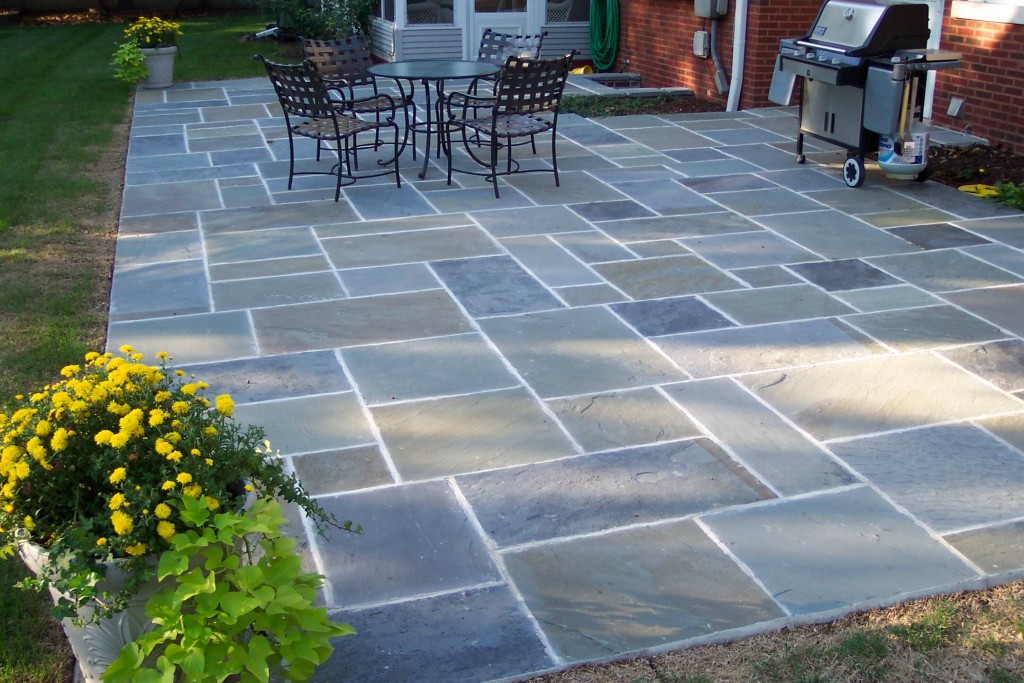
Pros: Wide range of shapes and sizes as well as neutral color make this paving material universal. Depending on your preferences, you can choose a particular surface finish to match your home exterior. The bluestone is very dense, strong, hard-wearing, slip-resistant, and truly low-maintenance. This material doesn’t show marks over the time.
Cons: Be ready that all the pros come at a price, and usually a very high one. A skilled installer is also a must-have if you go with bluestone paving.
Concrete
Concrete as a paving material is ideal for covering a large area with a high level of vehicular traffic. Most often concrete is chosen for driveways.
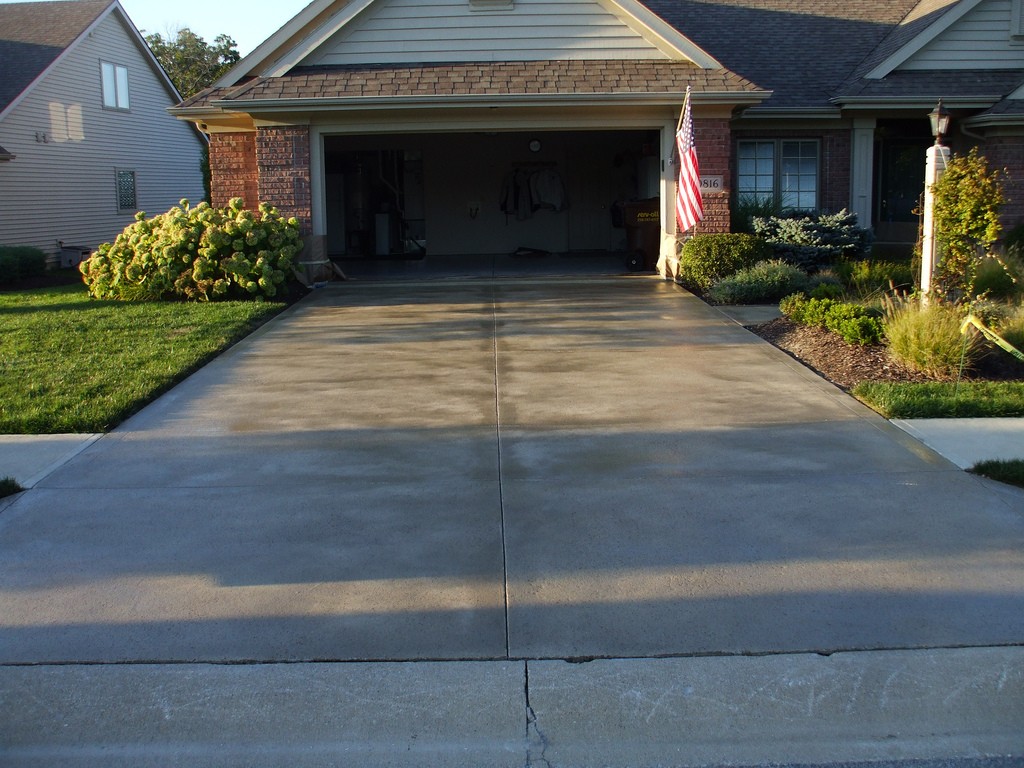
Pros: Concrete is not just a grey-colored mass that looks ugly without finishing. In reality, concrete offers a huge range of colors, finishes, and textures and allows covering any surface you need. This material is very durable and long-lasting.
Cons: Professional concrete contractors are required for the proper and even coverage of your pavement. Concrete also requires maintenance in terms of regular cleaning in humid and wet locations.
Gravel
Gravel is among the soft paving materials together with shells, pebbles, or stone chips and shells. All of them are great for low-traffic secondary pathways. They are frequently used by landscaping designers to add an attractive textured look to the garden.

Pros: Gravel pavements drain best; as a result, rainwater runs off not into stormwater drains, but into the ground. This is one of the most common choices for homeowners due to the affordability and environmental friendliness of this paving material. Furthermore, gravel doesn’t require any skills to be laid in your backyard.
Cons: Such paving requires maintenance, otherwise it gets weedy. It’s uneven so not the best choice for homes that throw regular backyard parties. It’s also not very pleasant to walk barefoot. Usually, contractors advise retaining gravel with some edging to avoid it’s spreading around the yard.
TIP: If you go for gravel, choose small-grade stones and avoid rounded, tumbled pea gravel if you’re looking for more stability.
All images are courtesy of Pinterest.
